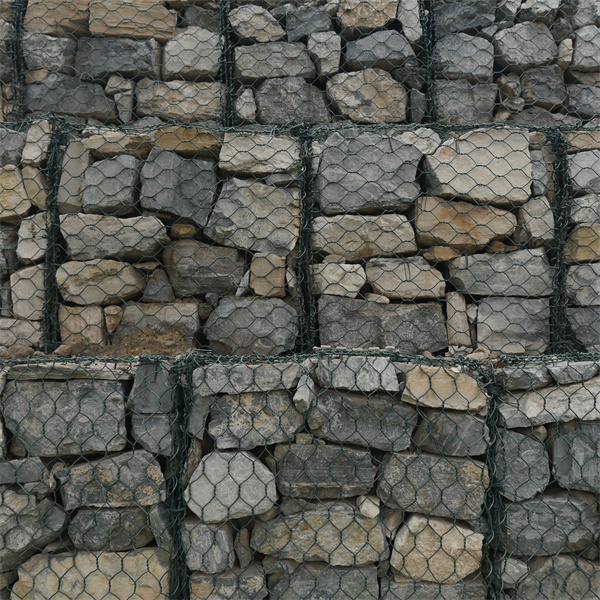Oktoba . 12, 2024 16:13 Back to list
gabion boxes
The Versatility and Functionality of Gabion Boxes
Gabion boxes, often referred to as gabions, have emerged as a popular solution in landscaping, civil engineering, and erosion control. Constructed from welded steel mesh or hexagonal wire netting filled with natural stone, these boxes serve multiple purposes, making them invaluable in various applications.
Historical Background
Historically, gabions date back to ancient times when soldiers used them to fortify positions and protect themselves during battles. These temporary structures were filled with whatever materials were available, from stones to earth. Over the years, the design and materials have evolved, but the fundamental concept remains the same solid structures made up of filling materials retained by wire mesh.
Contemporary Applications
1. Erosion Control One of the most significant uses of gabion boxes today is in erosion control. They are often placed along riverbanks, slopes, and coastlines to stabilize the soil and prevent erosion caused by wind and water. By absorbing and redirecting water flow, gabions minimize the impact of environmental forces over time.
2. Retaining Walls Gabions are frequently used as retaining walls in landscaping and construction. Their adaptability allows them to conform to various terrains, while the drainage properties of the stones prevent pressure build-up behind the wall, resulting in higher stability. Moreover, they can blend naturally with the environment, enhancing the aesthetic appeal of the landscape.
3. Bridge Construction and Support In civil engineering, gabion boxes are employed as foundations for bridges and other structures. Their strength and durability make them an ideal choice for creating stable bases that can withstand heavy loads and environmental stresses. The porous nature of gabions also allows for water drainage, reducing the risk of flooding around structures.
gabion boxes

4. Sound Barriers In urban areas, gabion boxes serve as effective sound barriers along highways and railway tracks. When filled with stones, they absorb and deflect sound waves, providing a quieter environment for nearby residents.
5. Landscape Design Gabion boxes have also found a place in modern landscape design. They can be used to create unique garden features, such as borders, seating areas, or decorative walls. Homeowners and landscape architects appreciate gabions for their versatility and rustic aesthetic, which can blend seamlessly into gardens and natural settings.
Environmental Benefits
Beyond their practical applications, gabion boxes offer several environmental benefits. They promote vegetation growth by allowing water and nutrients to pass through the stones, contributing to the restoration of natural habitats. Furthermore, using locally sourced stones reduces transportation emissions, making gabions an eco-friendly choice.
Additionally, gabions can provide a habitat for small wildlife, creating mini-ecosystems in urban and suburban environments. This aspect fosters biodiversity and supports local wildlife populations.
Conclusion
Gabion boxes are a remarkable example of how functionality and sustainability can go hand in hand. Their myriad applications, from erosion control to landscape design, underscore their importance in both environmental conservation and civil engineering. As more people and professionals recognize the benefits of gabion technology, they will undoubtedly continue to thrive in a variety of settings, providing solutions that are as effective as they are aesthetically pleasing. Whether utilized for practical purposes or as a creative design element, gabions hold a place of value in our constructed and natural landscapes.
-
Why PVC Coated Gabion Mattress Is the Best Solution for Long-Term Erosion Control
NewsMay.23,2025
-
Gabion Wire Mesh: The Reinforced Solution for Modern Construction and Landscape Design
NewsMay.23,2025
-
Gabion Wall: The Flexible, Seismic-Resistant Solution for Modern Landscaping and Construction
NewsMay.23,2025
-
Gabion Wall Solutions: The Durable, Decorative, and Affordable Choice for Every Landscape
NewsMay.23,2025
-
Gabion Basket: The Durable and Flexible Alternative to Traditional Retaining Walls
NewsMay.23,2025
-
Gabion Basket: The Proven Solution for Slope Stability and Flood Control
NewsMay.23,2025
-
Versatility of Chain Link Fence Gabion
NewsMay.13,2025






